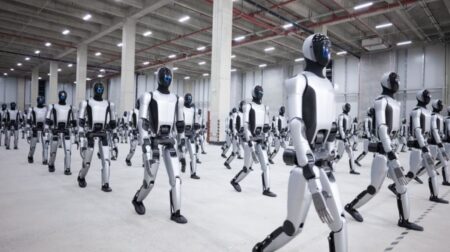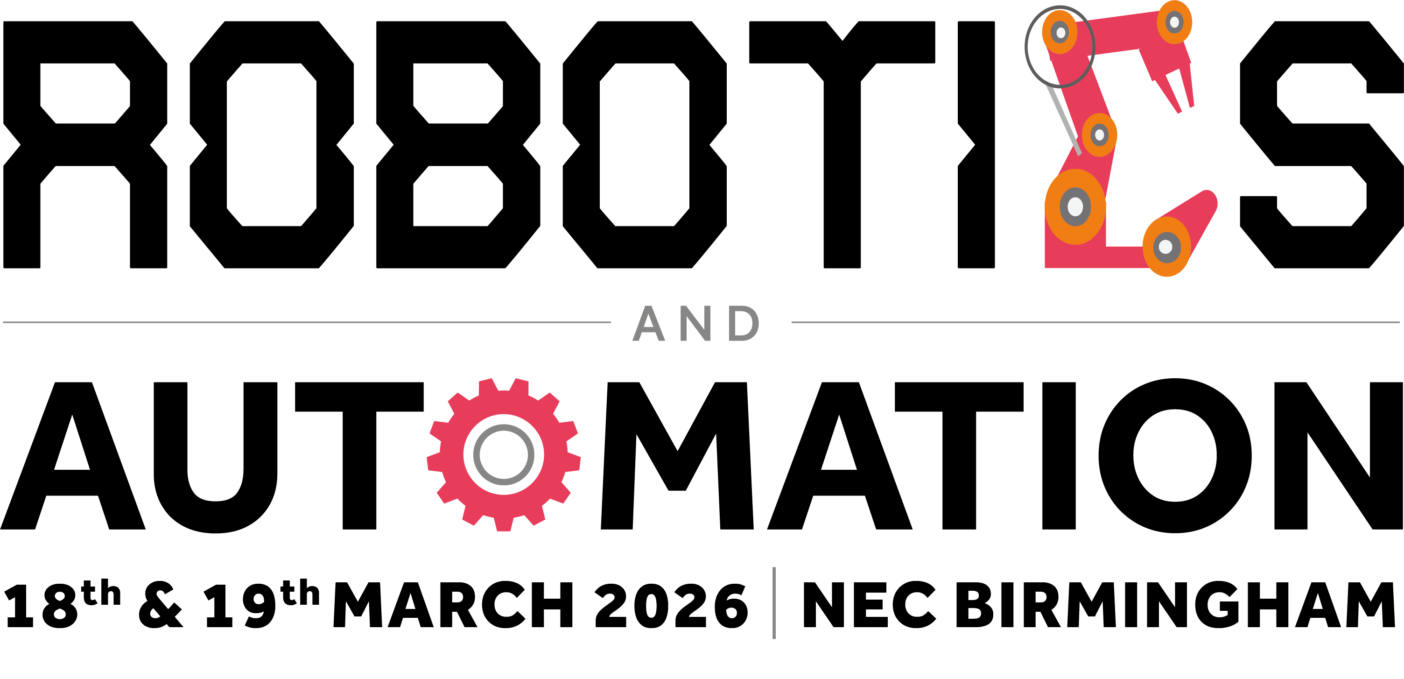By 2030, 80% of people will engage with smart robots on a daily basis, and one in 20 supply chain managers will be responsible for managing robots rather than human staff, according to projections from consultancy Gartner.
The growing adoption of robotics is being driven by labour shortages and rising operational costs, prompting organisations to explore ways of increasing workforce productivity by supplementing human labour with automation.
In the supply chain sector in particular, robotics has emerged as a significant area of investment. However, many companies currently lack the internal expertise required to implement and manage these technologies effectively.
READ MORE: Robotics & Automation Awards 2025: entry deadline extended!
As robotic fleets expand, organisations will need to establish new management structures to oversee their deployment and operation.
Managing robots presents a different set of challenges compared to managing people, especially when dealing with a mix of task-specific and multifunctional machines operating across complex warehouse and fulfilment environments.
Initially, when robotic fleets are small and their functions narrowly defined, they are typically managed by engineers or technical staff. As these fleets grow in size and complexity, and are applied to a wider range of use cases, more formalised operational structures will become necessary.
Unlike traditional human resource practices, few established methods currently exist for managing robots, particularly when coordinating multiple types within a single facility.
Although supply chain managers will not need to become robotics engineers, they will require a solid understanding of what robotic systems can do, how they interact with each other, and how they work alongside human colleagues.
This knowledge will be key to identifying appropriate business problems for automation and ensuring that robotic solutions are implemented safely and effectively.
Certain operational scenarios, such as robots retrieving pallets in areas shared with human workers, may present additional risks and require further planning, resource allocation and oversight to ensure safe and efficient task completion.
To prepare for this shift, Gartner advises companies to develop a dedicated robotics competency centre to guide the adoption and integration of robotic technologies.
Organisations are also encouraged to take a holistic approach to warehouse automation, considering the full robotics lifecycle, from initial research and deployment to ongoing support and maintenance.
Establishing strong governance frameworks will be essential for managing vendor relationships, service-level agreements, pricing models and cybersecurity standards.
Innovative applications of technology in retail and e-commerce, healthcare and pharmaceuticals, food and beverage, automotive, transport & logistics, and more will be celebrated at the Robotics & Automation Awards on 29 October 2025 at De Vere Grand Connaught Rooms in London. Visit www.roboticsandautomationawards.co.uk to learn more about this unmissable event for the UK’s robotics and automation market!









